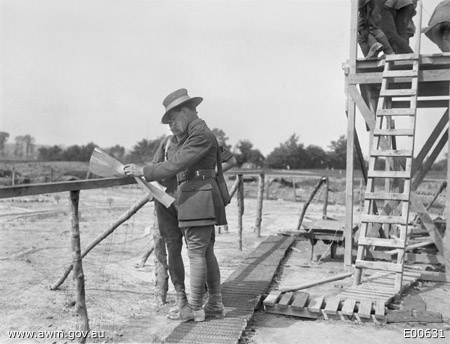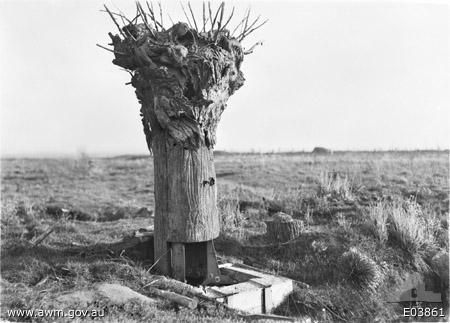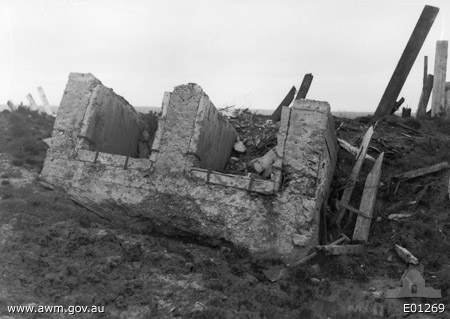![]()
![]() Anzacs
Anzacs ![]() Red Baron
Red Baron ![]() Cinema
Cinema ![]() Sound Stage
Sound Stage ![]() General
General ![]() About
About ![]() Links
Links ![]() Contact
Us
Contact
Us
|
|
 |
Newcastle, at the mouth of the Hunter river is the export point for the millions of tonnes of coal mined in the Hunter Valley which is also renowned world-wide for its quality wines. |
||||
| Australia sent 1857 Hunter Valley coal miners ( 34th Battalion) and 2678 Hunter Valley men (35th Battalion) to France and Belgium during WW1.Three Australian Tunnelling Battalions along with others from Britain, Canada and New Zealand were formed to play their part in the massive undertaking of tunnelling kilometers under the German trenches in Messines in order to blow them up. | ||
There
were 19 mines exploded on July 7th similar in size to this explosion. This mine contained about 40,000 lb (18 long tons) of explosives or just one twenty fifth the size of the explosion on 7th July. Film taken half a mile away The photogapher Geoffrey Malins said: The ground where I stood gave a mighty convulsion. It rocked and swayed. I gripped hold of my tripod to steady myself. Then for all the world like a gigantic sponge, the earth rose high in the air to the height of hundreds of feet. Higher and higher it rose, and with a horrible grinding roar the earth settles back upon itself, leaving in its place a mountain of smoke. The explosion was heard in London and Belfast and recorded as an earthquake in Switzerland. Ten thousand Germans died and a further 7500 were captured. |
||
 |
||
| Captain Albert Jacka VC (See Below), 14th Battalion, comparing his maps with the prepared model of the Messines area, over which his company was to advance on the following day. This contour map of the battlefield was constructed near Petit Pont, and stands where erected from which it could be studied to advantage, in order that troops taking part would fully understand their course of action in the undertaking. | ||
 |
Charles
P.Coulton |
|
:
A dummy tree used as an observation post on Hill 63 by Australian troops
during the Battle of Messines on 7th July. |
||

|
||
| View
of a German pillbox overturned by the explosion at the edge of the southernmost
mine crater opposite St. Yves, in the Messines sector. This shelter was
one of many constructed in the enemy front line in the Messines area.
The crater was known as the Ash Avenue Crater and was exploded about 3
am on the morning of 7 June 1917, prior to the attack by the 9th Australian
Infantry Brigade on this front, south of the Douve, in the Battle of Messines.
Note the thick walls of the pillbox. |
||
 |
||
| Caption(above) reads: German prisoners being examined near Messines. Seven Thousand were captured on this historic occasion and spoke with awe of the preliminary British explosion of mines on the ridge and the terrific bombardment which attended the assault. | ||
| German losses at Messines numbered 25,000, of which 7,500 were prisoners. British Empire casualties were 17,000 killed or wounded. | ||
| Capt. Albert Jacka 14th Battalion, AIF. Landed at Gallipoli with the 14th Battalion 26th April 1915. Awarded Victoria Cross for "most conspicious bravery on the night of 19th-20th May, 1915, at Courtney's Post, Gallipoli Peninsula." Alone Jacka attacked a group of seven Turks, occupying part of Courtney's Post, killing the entire party. |
||
|
|
|